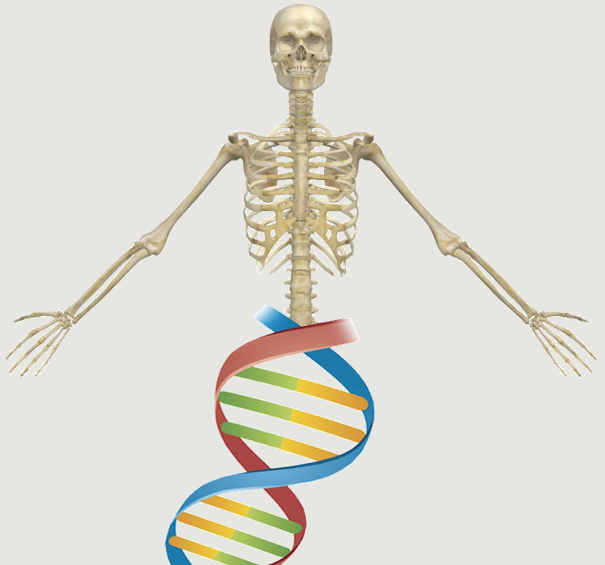Abstract:
Osteoporosis is a disease manifested in drastic bone loss resulting in osteopenia and high risk for fractures. This disease is generally divided into two subtypes. The first, post-menopausal (type I) osteoporosis, is primarily related to estrogen deficiency. The second, senile (type II) osteoporosis, is mostly related to aging. Decreased bone formation, as well as increased bone resorption and turnover, are thought to play roles in the pathophysiology of both types of osteoporosis. In this study, we demonstrate in murine models for both type I (estrogen deficiency) and type II (senile) osteopenia/osteoporosis that reduced bone formation is related to a decrease in adult mesenchymal stem cell (AMSC) number, osteogenic activity, and proliferation. Decreased proliferation is coupled with increased apoptosis in AMSC cultures obtained from osteopenic mice. Recombinant human bone morphogenetic protein (rhBMP-2) is a highly osteoinductive protein, promoting osteogenic differentiation of AMSCs. Systemic intra-peritoneal (i.p.) injections of rhBMP-2 into osteopenic mice were able to reverse this phenotype in the bones of these animals. Moreover, this change in bone mass was coupled to an increase in AMSCs numbers, osteogenic activity, and proliferation as well as a decrease in apoptosis. Bone formation activity was increased as well. However, the magnitude of this response to rhBMP-2 varied among different stains of mice. In old osteopenic BALB/c male mice (type II osteoporosis model), rhBMP-2 systemic treatment also restored both articular and epiphyseal cartilage width to the levels seen in young mice. In summary, our study shows that AMSCs are a good target for systemically active anabolic compounds like rhBMP-2.
Notes:
Turgeman, Gadi Zilberman, Yoram Zhou, Shuanhu Kelly, Pam Moutsatsos, Ioannis K Kharode, Yogendra P Borella, Luis E Bex, Frederick J Komm, Barry S Bodine, Peter V N Gazit, Dan eng 2002/09/05 10:00 J Cell Biochem. 2002;86(3):461-74.
Website

